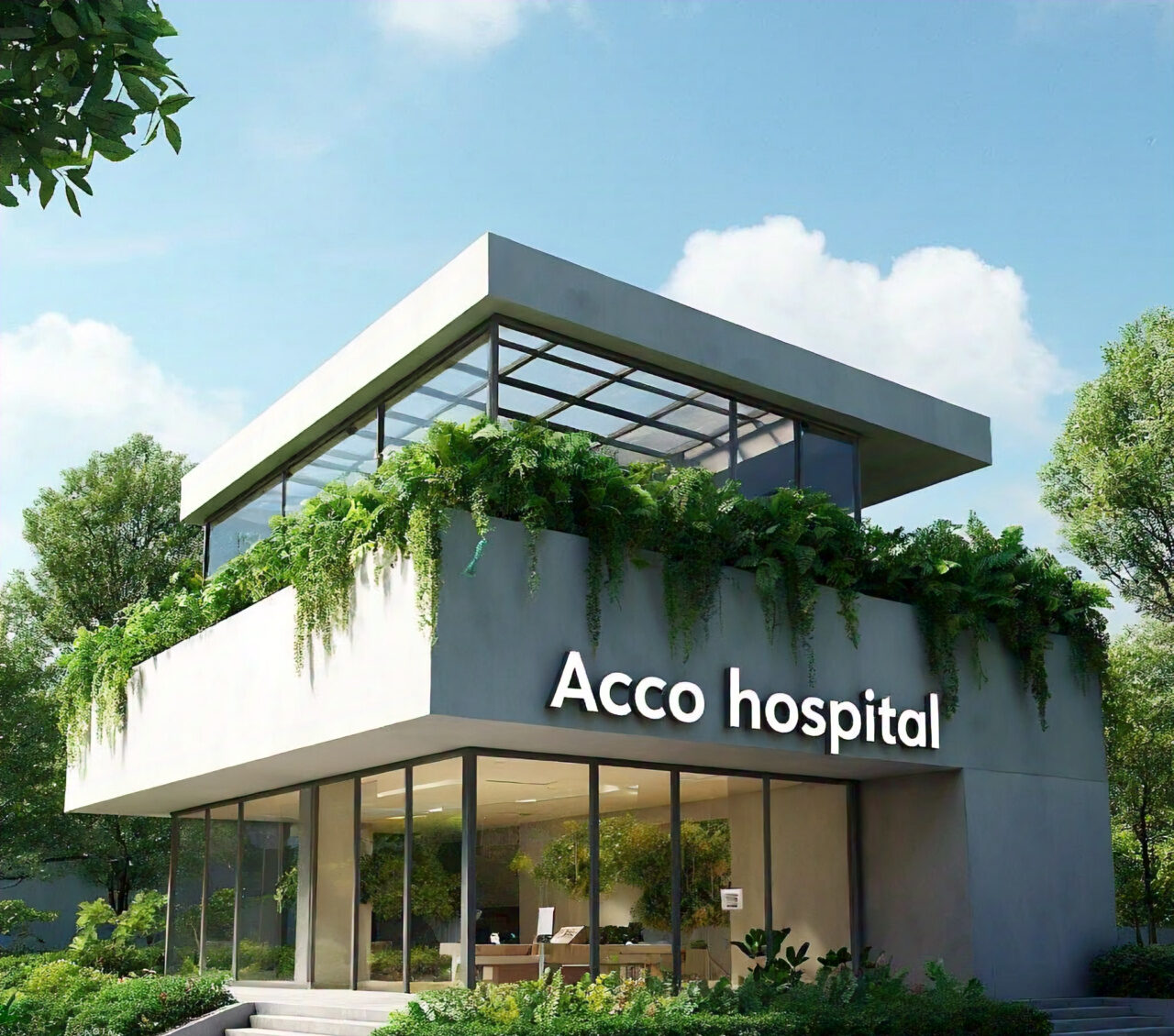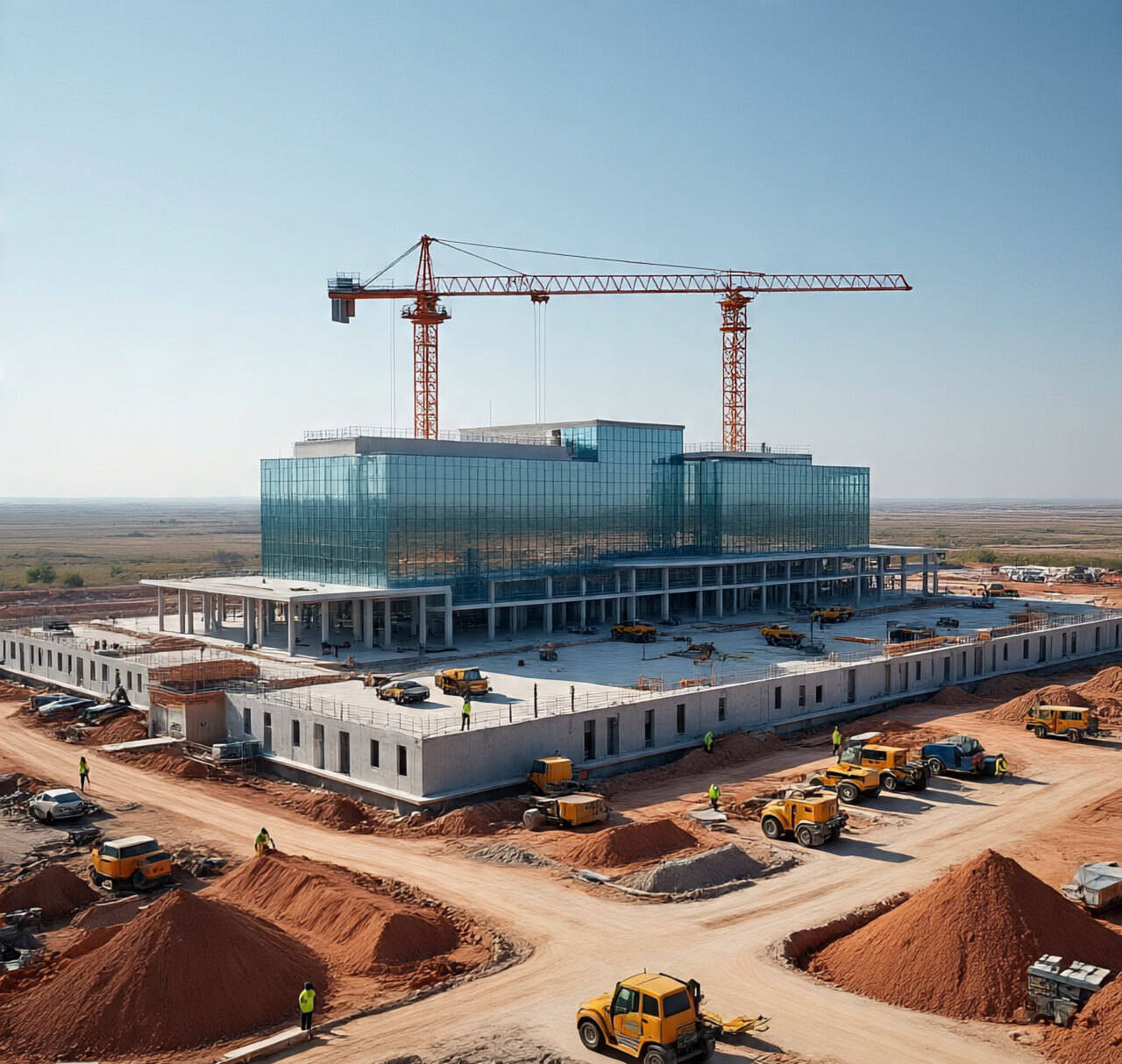
HOSPITAL DESIGN HUB Hospital Architecture in Pakistan: Creating Healing Environments
Hospital architecture is crucial in creating environments that promote healing and well-being. In Pakistan, this is particularly important given the growing demand for quality healthcare facilities. Here’s a look at how hospital architecture in Pakistan is evolving to create more effective and supportive healing environments:
1. Patient-Centered Design
Modern hospital architecture in Pakistan is increasingly focusing on patient-centered design. This approach prioritizes the needs of patients by incorporating elements such as:
- Private Rooms: Offering privacy and reducing the spread of infections.
- Natural Light: Using large windows and skylights to provide natural light, which can enhance mood and promote recovery.
- Comfortable Waiting Areas: Designing waiting areas with comfortable seating and calming decor to reduce stress for patients and their families.
2. Infection Control
Infection control is a major concern in hospital design. Architects in Pakistan are incorporating features to minimize infection risks, such as:
- Hygienic Materials: Using materials that are easy to clean and resistant to bacteria.
- Ventilation Systems: Installing advanced HVAC systems to ensure proper air circulation and filtration.
- Isolation Rooms: Designing dedicated isolation rooms to manage contagious diseases effectively.
3. Accessibility and Navigation
Ensuring that hospitals are accessible to all individuals is essential. Features that support this include:
- Clear Signage: Using clear, multilingual signage to guide patients and visitors.
- Wheelchair Access: Designing ramps, elevators, and spacious corridors to accommodate wheelchair users.
- Wayfinding Systems: Implementing intuitive wayfinding systems to help patients and visitors navigate the hospital easily.
4. Sustainable Design
Sustainability is becoming a key consideration in hospital architecture in Pakistan. Green building practices include:
- Energy Efficiency: Incorporating energy-efficient lighting, heating, and cooling systems.
- Water Conservation: Using water-saving fixtures and rainwater harvesting systems.
- Eco-Friendly Materials: Choosing sustainable and recycled building materials.
5. Integration of Technology
Hospitals in Pakistan are increasingly integrating technology to improve patient care and operational efficiency:
- Telemedicine Facilities: Designing spaces for telemedicine consultations.
- Smart Building Systems: Implementing smart systems for lighting, climate control, and security.
- Advanced Medical Equipment: Planning spaces to accommodate the latest medical technology.
6. Community and Wellness Spaces
Recognizing the role of mental health in recovery, many hospitals are incorporating spaces for relaxation and community engagement:
- Gardens and Outdoor Spaces: Creating tranquil gardens and outdoor areas where patients can relax.
- Support Services: Providing areas for counseling, support groups, and wellness programs.
Conclusion
As Pakistan continues to develop its healthcare infrastructure, hospital architecture plays a critical role in creating environments that support healing and enhance patient experience. By focusing on patient-centered design, infection control, accessibility, sustainability, technology integration, and wellness spaces, architects can contribute significantly to the improvement of healthcare facilities across the country.
If you need more specific details or have any questions about a particular aspect of hospital architecture in Pakistan, feel free to ask!




